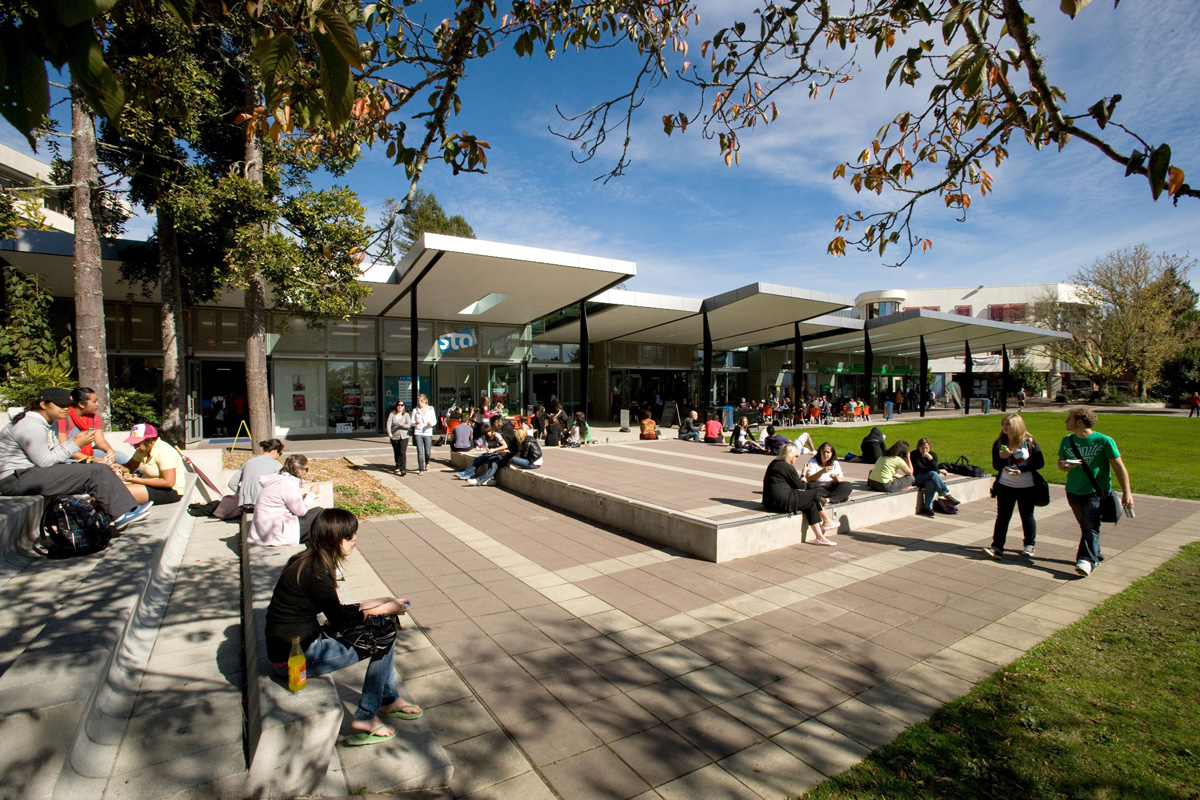Hội đồng Auckland đang yêu cầu người dân địa phương ngừng thả cá vàng và cây thủy sinh vào các đường thủy.
Cá vàng và cây thủy sinh khi vào hồ và suối sẽ phá hủy môi trường tự nhiên và chất lượng nước.
Peter Wilcox, người đã giúp Hội đồng Auckland loại bỏ các loài cá xâm lấn khỏi đường thủy, nói rằng cá vàng đã được thả vào tự nhiên là rất lớn.
“Tại Western Springs, trong lần đánh bắt cuối cùng, con nhỏ nhất là 30 centimet, lớn nhất là 40 centimet, và chúng dao động về trọng lượng từ chỉ dưới một kg đến 1,8 kg.
“Một con cá vàng có thể có giá trị $10 trong một cửa hàng trở thành một ngàn và hàng ngàn đô la chi phí cho các hội đồng cố gắng để quản lý tiện nghi cho lợi ích của phần còn lại của dân số. Đó là vô trách nhiệm, hậu quả là phá hoại môi trường.”
Cá vàng có thể được mua với giá thấp đến $4,50 trong các cửa hàng vật nuôi, tuy nhiên, lượng không gian mà chúng yêu cầu trong một bể có thể gây bất ngờ cho chủ sở hữu.
Hollywood Fish Farm Mt Roskill chủ cửa hàng Vicky Ferguson đã nhìn thấy nó nhiều lần trước đây.
“Bởi vì chúng được mua với kích thước khá nhỏ, mọi người nghĩ rằng họ có thể đặt rất nhiều chúng vào một bể, và sau đó chúng bắt đầu phát triển lớn hơn rất nhiều và lớn hơn cái hồ.”
Khi cá vàng đi vào hồ và suối, chúng phá cây, vượt qua cá bản địa để kiếm thức ăn và khuấy động trầm tích làm cho nước đục.
Nhà sinh thái nước ngọt của Hội đồng Auckland Belinda Studholme cho biết cá không phải là vấn đề duy nhất, nhưng thực vật đi vào bể cũng là một vấn đề.
“Họ hoàn toàn phá hủy chất lượng nước, họ thay đổi oxy hòa tan và pH và các ao. Chúng loại trừ tất cả các thảm thực vật bản địa khác và làm cho ao không phù hợp với cá bản địa.”
Ferguson nói thay vì đổ cá xuống đường thủy, chủ sở hữu có thể bỏ chúng, hoặc tìm một ngôi nhà mới cho chúng với một người nào đó có bể hoặc ao lớn hơn trong nhà.




























































